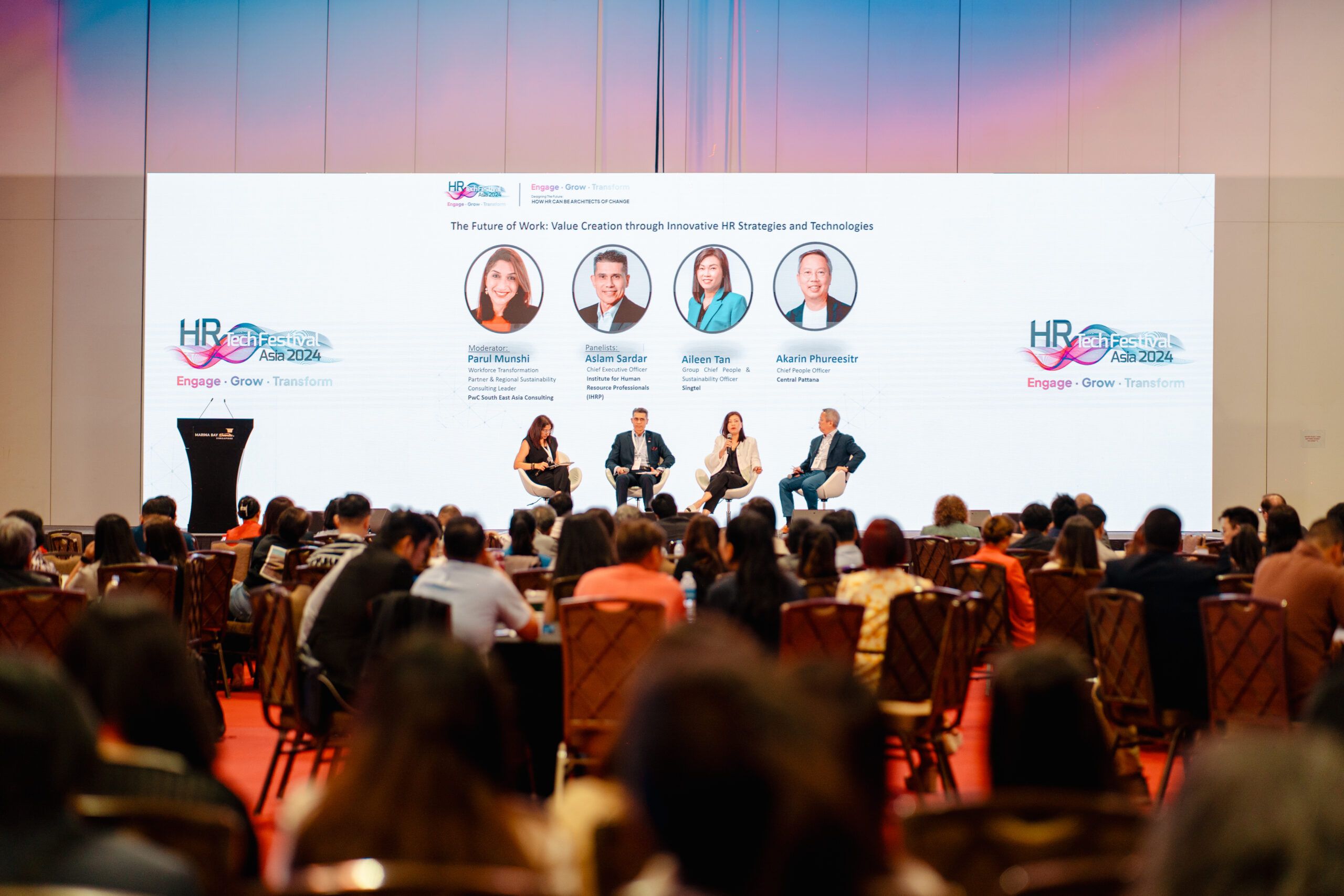What does it take to succeed and thrive in a VUCA world?

To succeed and thrive in a volatile, uncertain, complex, and ambiguous (VUCA) landscape, organisations must embrace agile mindsets and practices. Adopting an agile approach through these key areas can make a significant difference: anticipating macro drivers, spotting world trends, and reimagining work.
Anticipating macro drivers
In a VUCA world, staying ahead requires the ability to anticipate and respond nimbly to macro drivers that impact society, customers, employees, and businesses. Some of the big trends include slowing growth, demographics shifts, an uncertain geopolitical situation with half the world voting in 2024, and emerging technology disrupting business models and the way we work.
To make informed decisions that connect anticipated macro drivers to your business, connect drivers to your own internal KPIs and predictive analytics. Initial insights on macro drivers can come from an aggregation of external data including industry forecasts, future skills forecasts, insights, and financial data. Does your workforce planning consider trends like the rise of sensor data in predictive maintenance? How does your predictive algorithm for resource planning respond to scenarios of climate change? There will be an increase in the need to connect and monitor macro drivers with internal data feedback.
While this used to be initiated by top management and strategically cascaded to the rest of the organisation, increasingly organisations are also using a bottom’s up approach to monitor risks and opportunities. In the same way that snow melts from the edge, change can be seen first at the edges of your organisation.
Spotting and taking advantage of world trends
In a rapidly evolving global landscape, organisations that can spot and take advantage of world trends are more likely to outwit and outperform their competitors. Agile leaders are adept at identifying emerging market opportunities and shifting around customer preferences on a global basis. They understand the importance of adaptability and are willing to pivot to capitalise on new trends and adapt to market realities, be it short term supply chain disruption or the longer-term clustering of talent around specific locations.
“In a rapidly evolving global landscape, organisations that can spot and take advantage of world trends are more likely to outwit and outperform their competitors.” – Diana Wu David, Work Futurist and CEO, Future Proof Lab
At Future Proof Lab, we emphasise the importance of keeping a pulse on emerging market opportunities, disruptive technologies, and shifting customer preferences. As leaders, ask yourself – are you equipping your people with the tools to identify trends and pivot swiftly to capitalise on them? Do we have in place processes that encourage leaders to challenge assumptions, explore new perspectives, and foster a culture of innovation and adaptability?
An agile mindset encourages leaders to continuously scan the horizon for emerging trends, disruptive technologies, and changing customer needs. Focusing on processes by which they can innovate to test the waters allows companies to scan, pilot, evaluate and scale. By fostering a culture of curiosity and learning, organisations can proactively adapt their strategies, products, and services to stay relevant.
Reimagining Work: Finding meaning in change management and corporate innovation
In a VUCA world, change is the new constant. Embracing change and finding meaning in it is vital for leaders and organisations aiming to thrive. At Future Proof Lab, we believe that leaders must create a culture of continuous learning, collaboration, and adaptability. Learning is the new loyalty. The promise of much of this technology is to free people to do higher level work and climb the skills and value creation ladder.
In this uncertain world, leaders need to empower people to use trends and data to solve problems. They are the messy human middleware in a world that is increasingly automated, ensuring we keep helping our customers and people at the forefront.
By empowering employees to take ownership of their work, experiment with new ideas, and contribute to the organisation’s growth, leaders can foster a culture of innovation. By embracing a growth mindset, leaders can confidently navigate uncertainty and proactively adapt their strategies to seize emerging opportunities. These require leaders to double down on some old basics – the skills to communicate a compelling vision, align teams around common goals, and inspire their organisations to embrace change and drive transformation.
READ MORE: Mitigating business risks with a self-esteem-based leadership culture
In a VUCA world, embracing agility is no longer an option but a necessity for leaders seeking to thrive amidst disruption. Dedicate yourself to empowering leaders and organisations with the mindset, skills, and strategies needed to navigate uncertainty, spot opportunities, and drive innovation. By adopting agile mindsets and practices, leaders can future-proof their careers and make a lasting impact in a rapidly changing world.
About the author: Diana Wu David is a Work Futurist and CEO, Future Proof Lab. To gain more tips on how your organisation can succeed and thrive in a VUCA world, join her at HR Tech Festival Asia 2024 on April 24 at the CHRO Symposium at 2.15pm (SGT).




